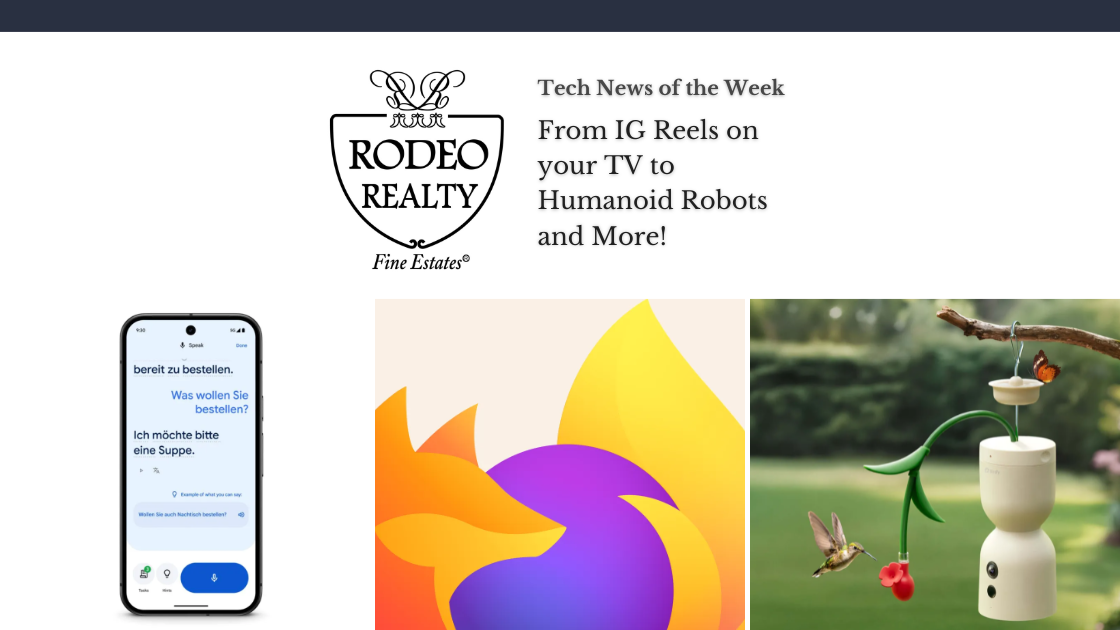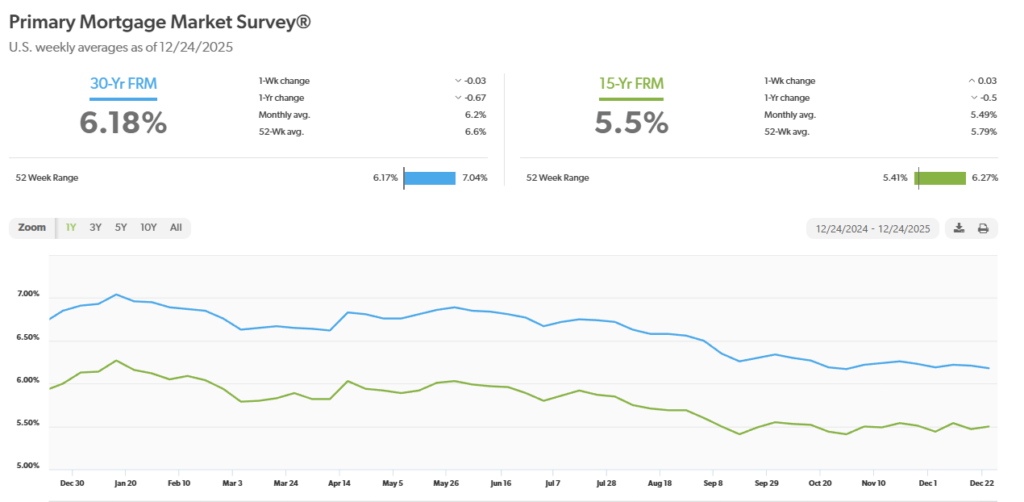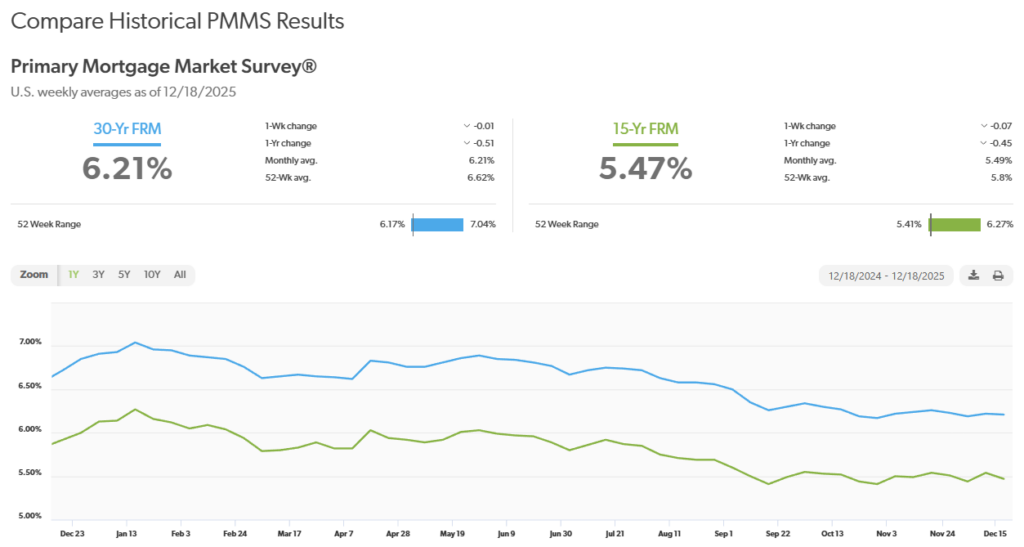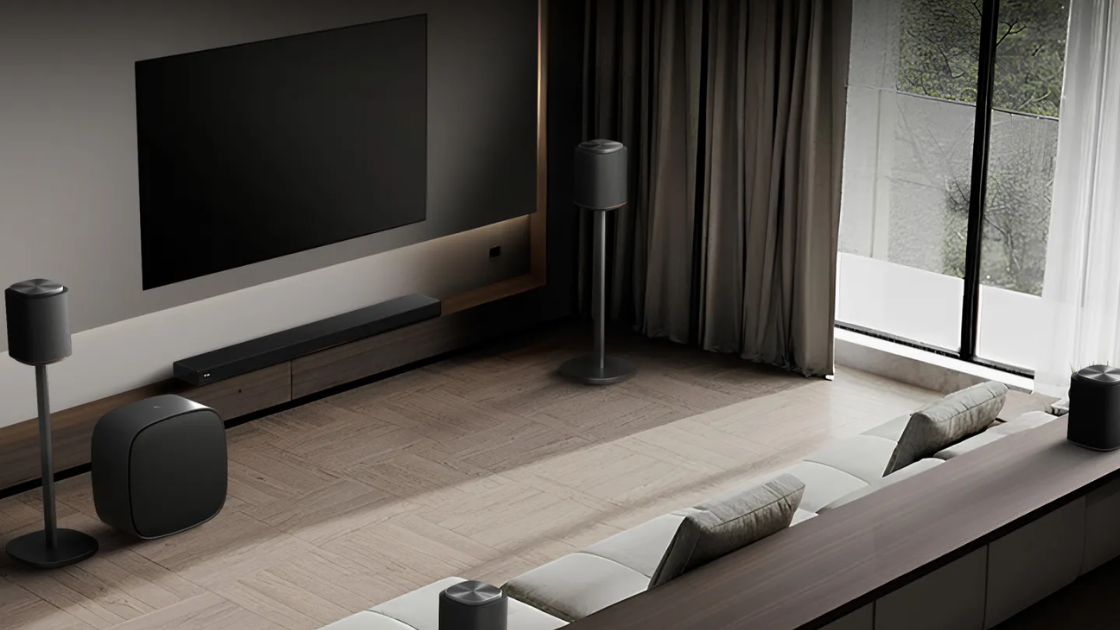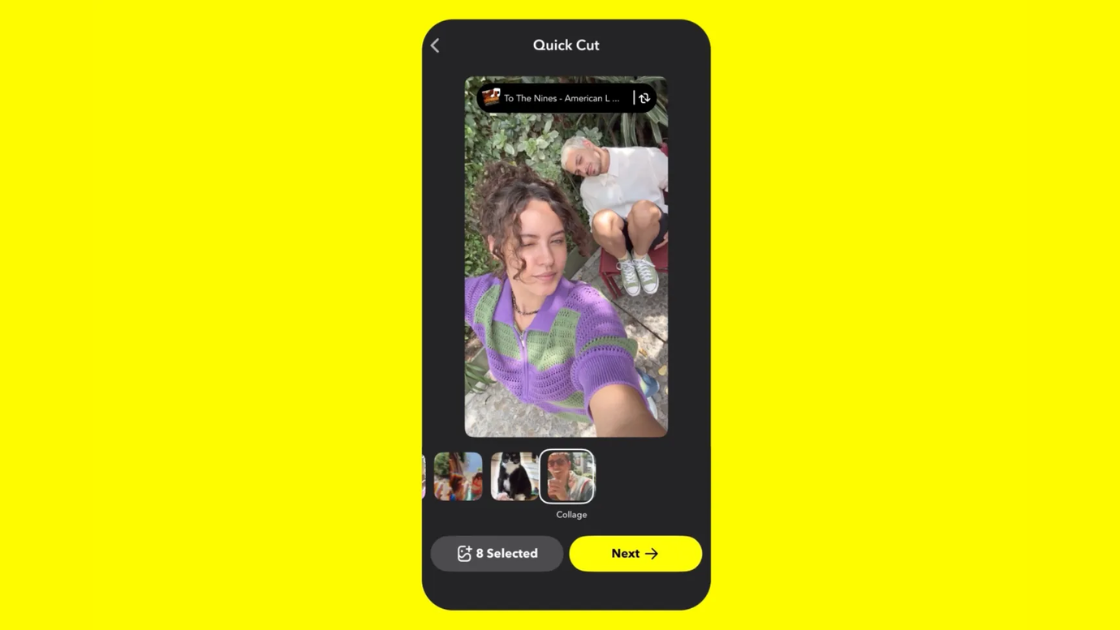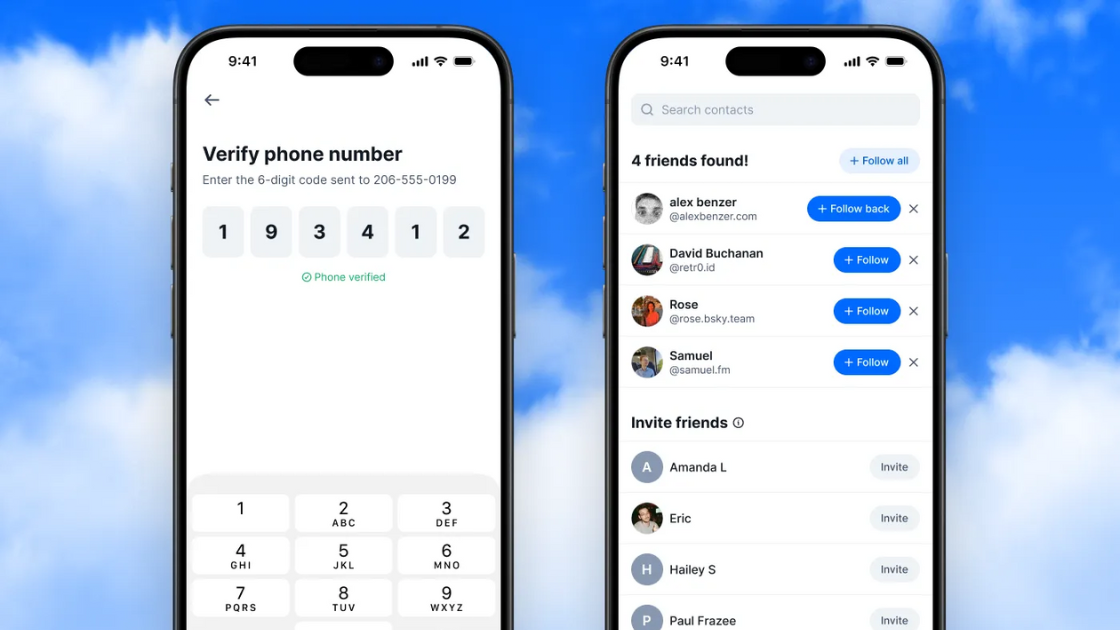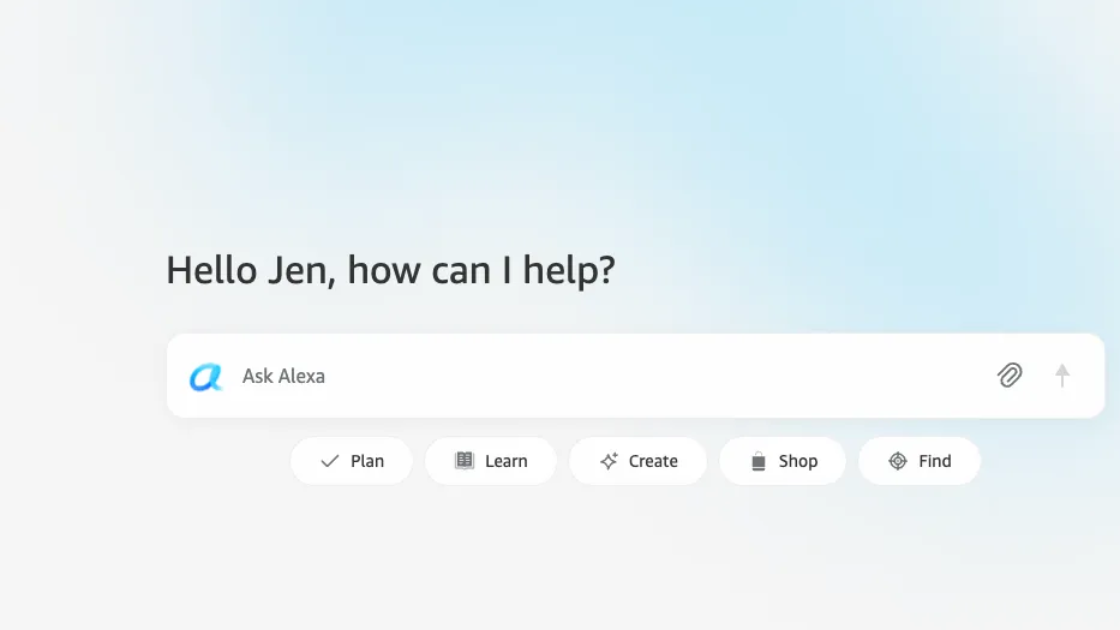As we enter into the most festive time of the year, we’re dialing down the week with the top tech stories to lead you into the holidays. From IG Reels on your TV to Humanoid robots and more, we have you covered on the biggest headlines happening right now. Read on below and stay connected in the world of tech news!
Mozilla’s new CEO leans Firefox into an AI-first, trust-forward future
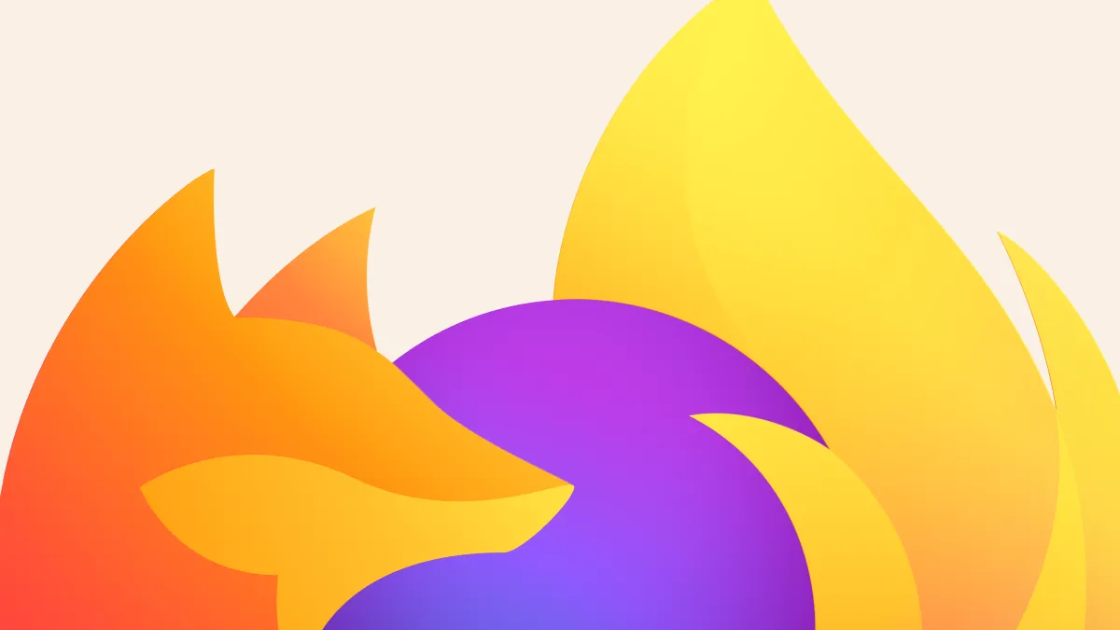
Anthony Enzor-DeMeo — now Mozilla’s CEO — is pushing Firefox to be a safe, transparent front door to AI, promising an “AI Mode” where users choose their model and control how it runs in the browser. He’s candid that Mozilla won’t build a giant proprietary LLM overnight; instead, Firefox will offer choices (open models, Mozilla-hosted options, and third-party providers) and emphasize explainability and user control. The pitch is strategic: reclaim relevance by being the browser people trust when AI is involved, while also planting seeds for revenue beyond the Google search deal. That balancing act — mission vs. margin — will shape how Firefox surfaces assistant features without feeling like a walled garden. If Mozilla pulls it off, we could see a browser that makes model choice an explicit, usable preference rather than hidden plumbing.
Google Translate brings live speech translation to any headphones
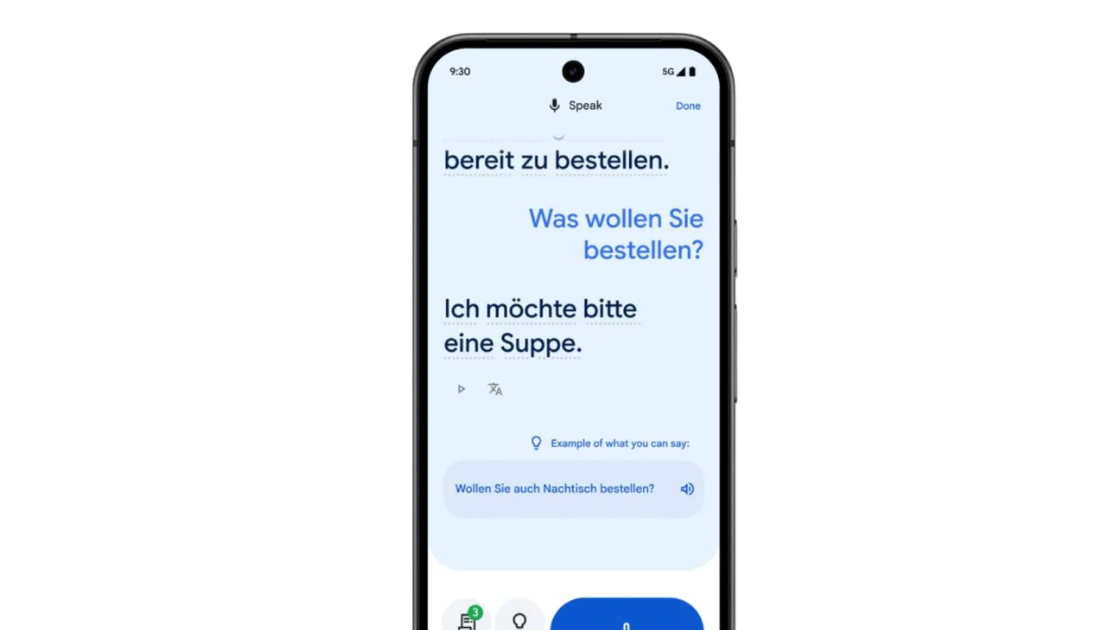
Google expanded Translate’s live speech translation so you can get near-real-time translations piped to ordinary headphones, lowering the barrier to multilingual conversation in the moment. The feature runs through Google Translate’s mobile app and works with common Bluetooth headsets, turning a phone into a translation hub rather than forcing specialized hardware. For travelers, event hosts, and multicultural teams, it means fewer awkward language gaps and more on-the-spot understanding — though latency, accent handling, and noisy environments still define the experience. Google emphasizes smoothing the UX and improving the model’s contextual sensitivity so translations feel useful, not just literal. Over time, expect tighter headphone integrations and smarter interruption handling that makes conversations feel more natural across languages.
Birdfy’s Hum Bloom captures hummingbirds in gorgeous slow motion

Birdfy’s Hum Bloom smart feeder leans into cinematography: it can record hummingbirds in up to 120fps slow motion so you actually see wings blur and feeding choreography that the eye misses. The product blends a thoughtfully designed feeder with a high-speed camera and software that stitches clips into shareable slow-motion moments, turning your yard into a miniature nature cinema. Beyond prettiness, the device is a neat example of how niche hardware + software combos create new micro-genres of social content for backyard creators and nature lovers. If you love tiny wildlife and big visuals, Hum Bloom is the sort of gadget that turns fleeting backyard visits into polished clips you’ll want to show off. Expect more wildlife tech focused on delight rather than just telemetry.
Humanoid robots: hype cycles meet hard engineering realities

A long read this week teased apart the humanoid-robot boom: yes, the demos are dazzling, but walking bipedal robots that work reliably in messy human spaces are still an engineering gauntlet. The column argues we should admire progress without mistaking prototypes for widespread utility — balance the cinema-grade demos with sober timelines for scale, safety, and economics. Investors and press love a walking robot, but useful robots usually begin as repeatable tools in constrained environments, not as generalist household helpers. The deeper point: hype accelerates funding and attention, which can speed research, but measured expectations keep companies honest about the long tail of productization. If you enjoy the theater of robotics, keep watching; if you need ROI, watch how the industry narrows problems into practical deployments first.
Instagram clamps down on hashtag spam to improve discovery quality

Instagram announced new limits and penalties aimed at hashtag spam, a practical nudge to keep search results useful and reduce low-quality or repetitive tagging that gamed discovery. The platform is testing signals and enforcement that demote or block accounts abusing hashtag fields, which should help genuine creators get seen without wading through keyword stuffing. For social managers, the takeaway is simple: favor relevant, thoughtful tags and stop treating hashtags like raw reach injections — quality matters more than bulk. The shift may briefly hurt accounts that relied on spammy hacks, but it could improve the signal-to-noise ratio on Explore and hashtag pages overall. Long term, cleaner hashtag behavior helps creators and audiences discover content that actually fits their interests.
Instagram brings Reels to big screens with a TV-focused app
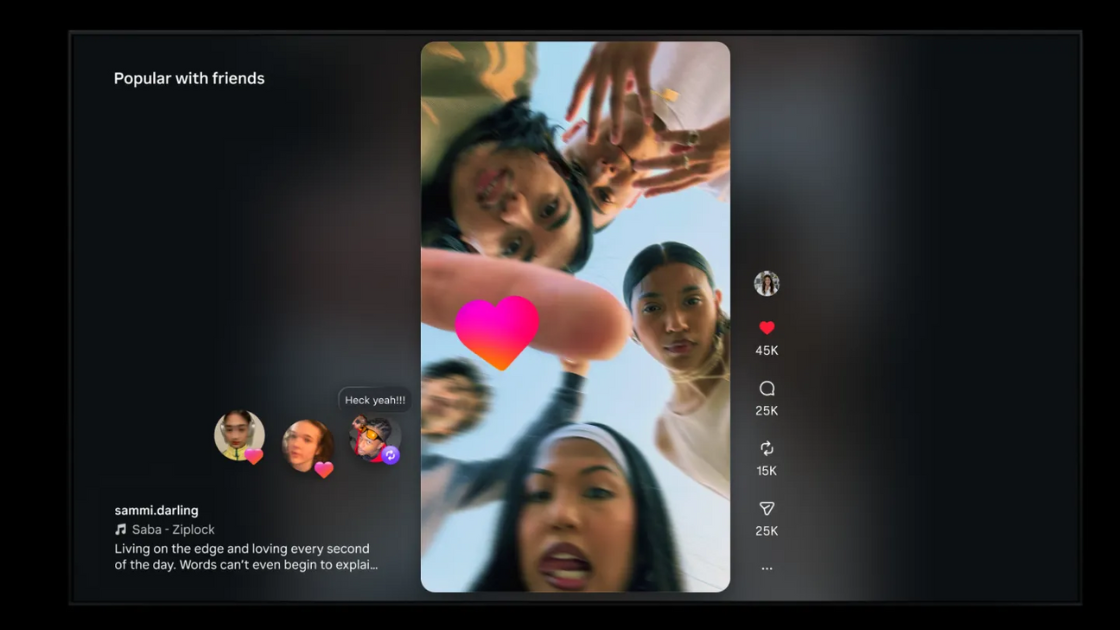
Instagram is expanding IG Reels onto the TV with a dedicated app experience. The IG Reels feature treats vertical short video as living-room entertainment, not just phone snackable content. The IG Reels TV app rethinks interface, playback, and discovery for the couch: larger imagery, simplified navigation, and easier lean-back consumption that bridges personal feed culture and communal viewing. For creators and brands, it’s another surface to hit for discovery — the same short clips that perform on phones can now reach audiences in shared spaces. The move also underscores how platforms aim to meet users wherever they watch, making mobile formats flexible enough to scale up to the screen you co-watch with family. Expect UI tweaks and monetization experiments as Reels stretches from pocket to platter.
